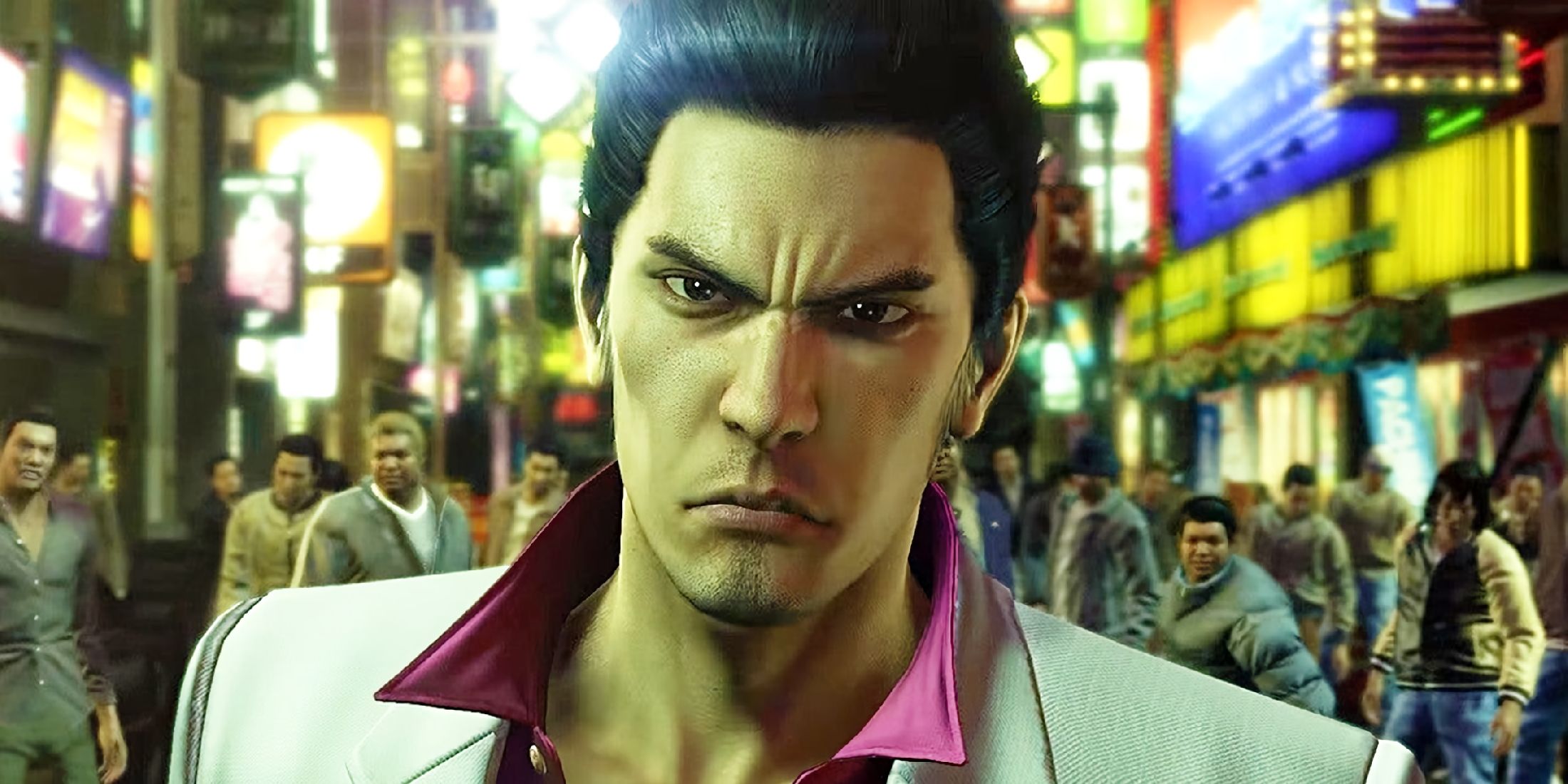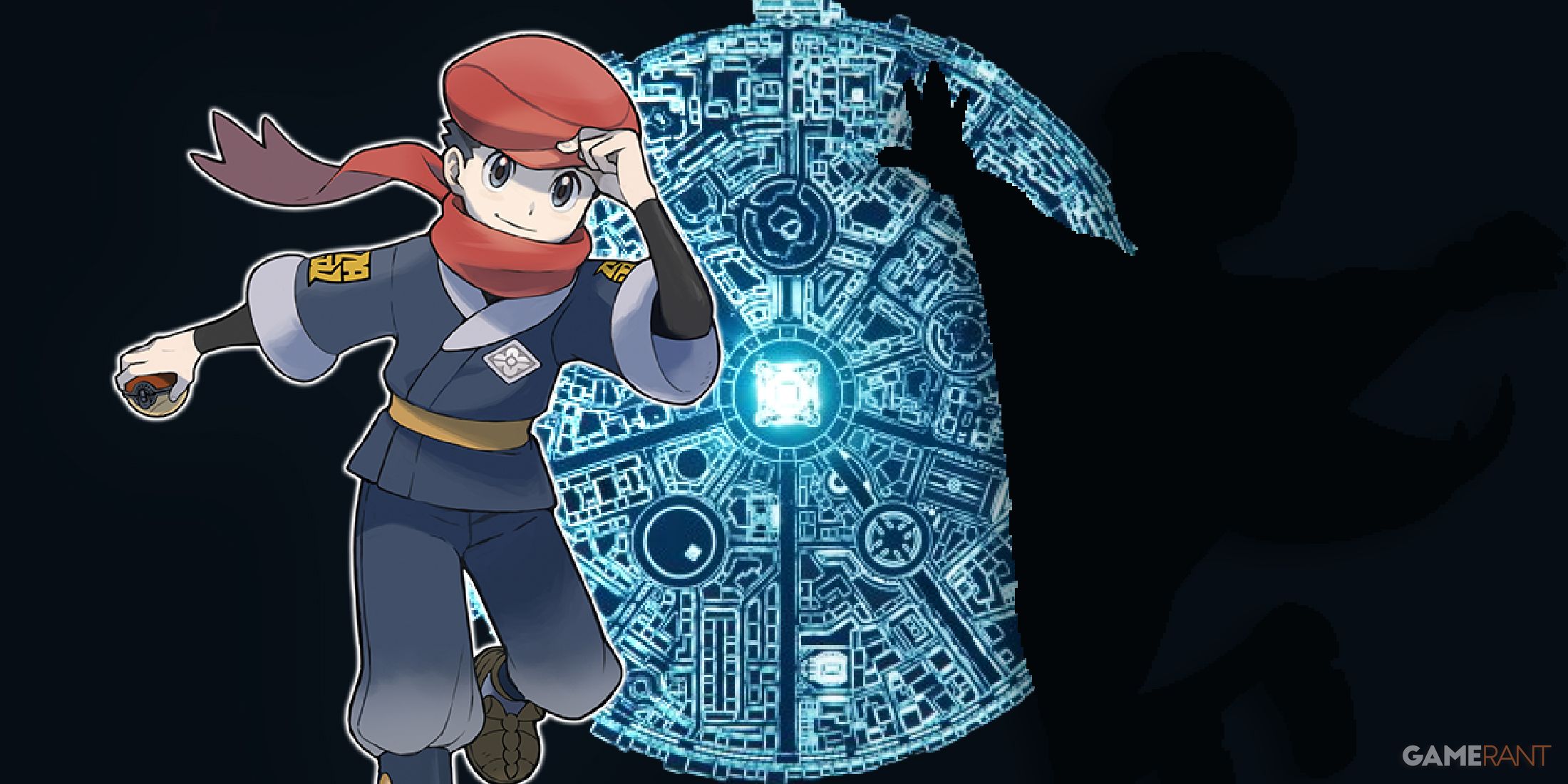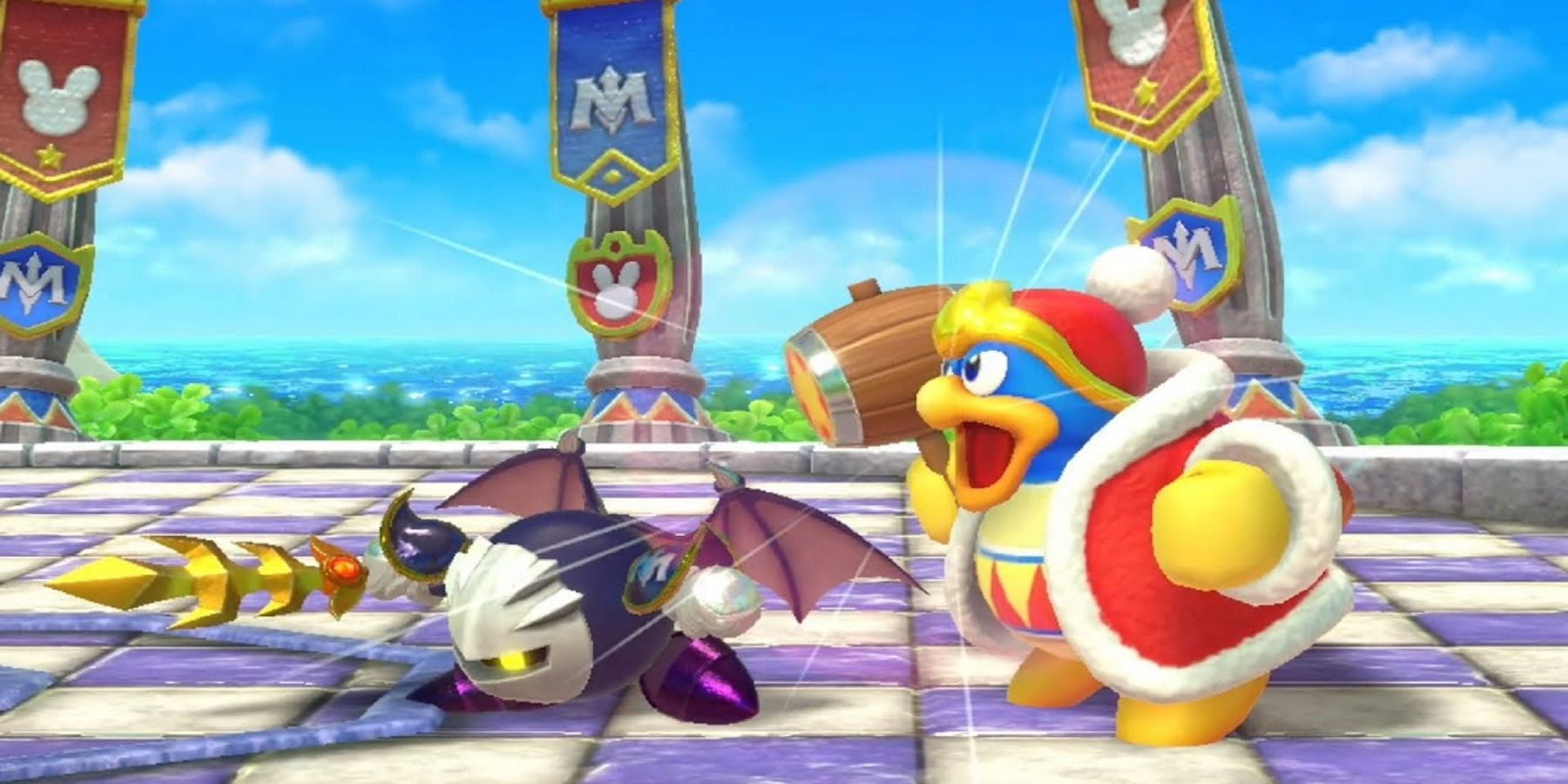The Kirby series has kept a consistent position at Nintendo. The series is not nearly as popular as Super Mario, Pokemon, or The Legend of Zelda, which are ubiquitous in pop culture. However, it is in a much stronger position than most Nintendo series. Kirby does not suffer from frequent hiatuses like Metroid, does not rely as heavily on nostalgia as Star Fox, went international without the need of a crossover like Fire Emblem had, and its legion of fans do not beg Nintendo for new games like those who love F-Zero. Kirby has gotten a mostly consistent release schedule and an even more consistent streak of quality.
What makes Kirby games famously consistent is their willingness to experiment with the core aspects of the series’ identity without sacrificing what makes its games so charming. While Kirby started off with a straightforward cast, the series introduced more nuance in the depiction of its characters, which is a surprising feat considering Kirby’s reputation as one of the most simplistic Nintendo series. This is especially the case with how Kirby treats its antagonists.
The Evolution of King Dedede and Meta Knight
Nintendo is home to some of the most famous rivalries in gaming. Mario has Bowser, and Link has Ganon. In a less famous but still iconic context, Samus has Ridley. Similarly, Kirby’s role usually pits him against King Dedede, which is the Kirby series' answer to the likes of these other villains.
King Dedede is decidedly less “evil” than his fellow villains, befitting Kirby’s lighter tone. While Ridley killed Samus’ parents, King Dedede’s most notable crimes are his penchant for stealing food - particularly pastries that Kirby has his eye on - and being in denial about the power he actually holds over Dream Land. He does fit the role of an antagonist due to his goals clashing with the central character, but he barely counts as a villain in most entries. At his worst, he is a petty thief with delusions of grandeur; defined by his vices, but never reprehensible.
On the other hand, Meta Knight is to Kirby as Wario is to Mario, or Wolf is to Fox. He is a rival of similar proportions, even looking like Kirby without his mask. However, unlike Wario and Wolf Meta Knight is not all that antagonistic despite being classified as a sort of "rival." He is more than happy to let Kirby do his own thing as long he can pursue his own interests. Both Dedede and Meta Knight were toned down as the series evolved, and his roles in Kirby’s Adventure and Kirby Super Star led Meta Knight to became a straightforward antihero.
As Dedede's transition to being more of an ally was occurring, Kirby games began to have one-time antagonists similar to Zelda games like Majora’s Mask. These villains were often unrelated to both Dedede and Meta Knight, and if they come into contact, the new villain would often brainwash one of them - usually Dedede. By the time Kirby’s Return to Dreamland came out, Dedede became more traditionally heroic. Even Kirby and the Forgotten Land, the most recent entry, had a traditional “disturbing” villain who brainwashed Dedede yet again. It is safe to say that after decades of experimenting, while Dedede’s legacy will be that of an antagonist, his future roles will likely be confined to that of a protagonist or antihero.
The quality of Kirby games has remained remarkably consistent. They often do not strive to innovate, but they know what they are good at and aim to keep that creative direction going. However, the series’ identity has clearly changed. It looks like the older recurring antagonists have been sidelined in favor of one-timers that clash with their games’ tones. Fans can no doubt expect more “disturbing villains” in the future.
Kirby and the Forgotten Land is available now for Nintendo Switch.





